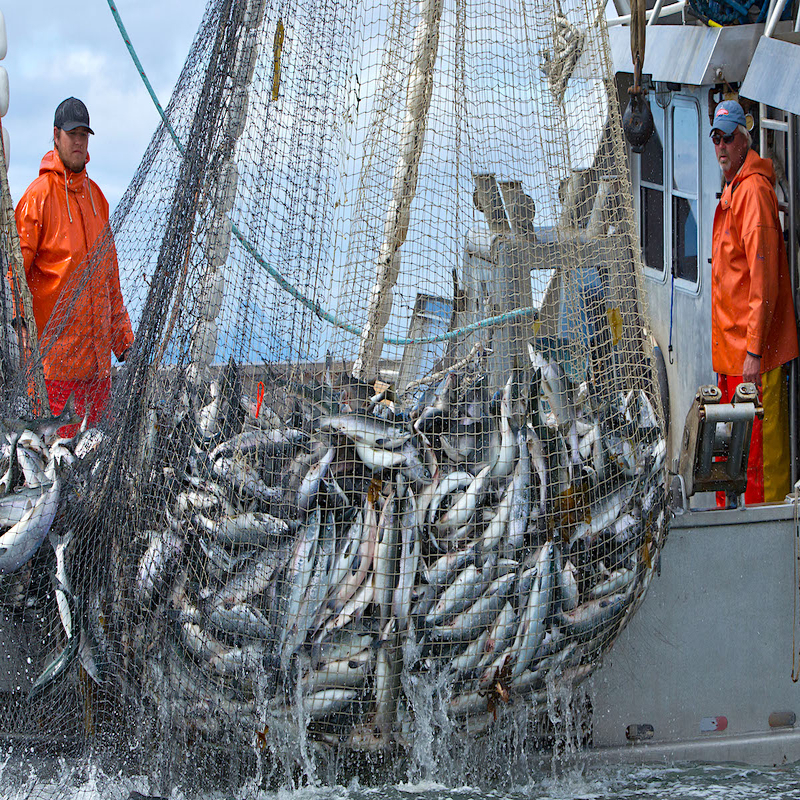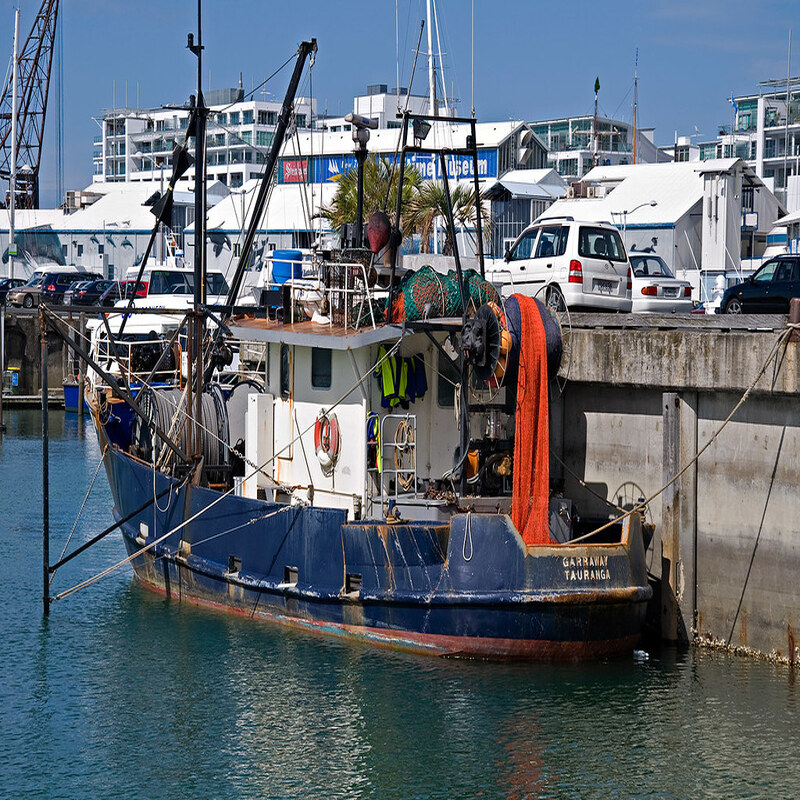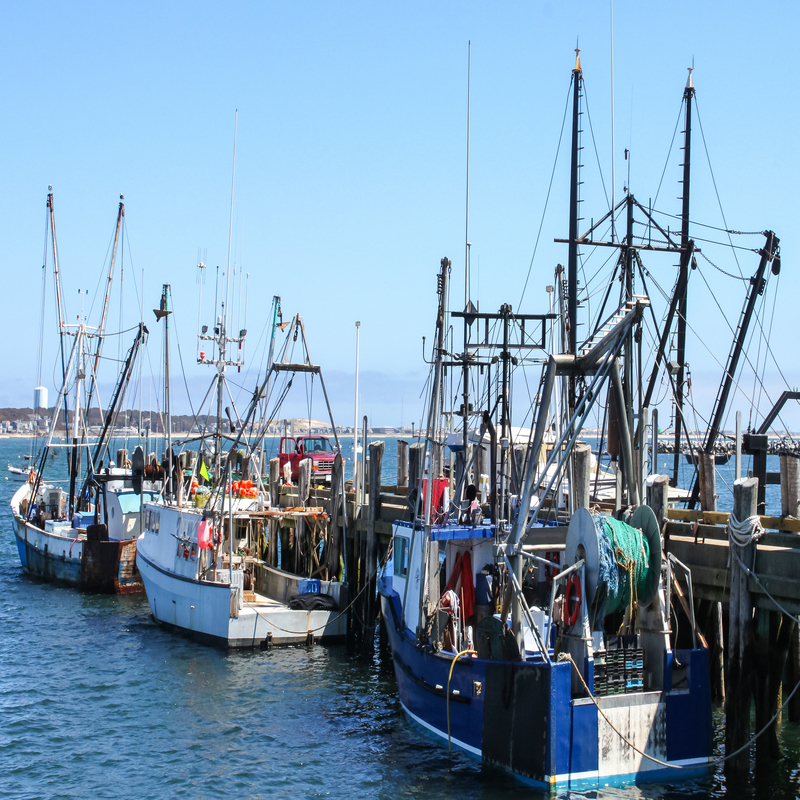Overview of Commercial Fishing
Commercial fishing targets sea life for profit, diverging from subsistence fishing which serves personal sustenance needs. This economic powerhouse has reshaped our relationship with the oceans, offering a bounty yet raising sustainability concerns. In this segment, we explore the essence, scale, and development of commercial fishing, providing a comprehensive insight into its significance and repercussions.
Definition and Differentiation from Subsistence Fishing
Commercial fishing is the mass harvest of seafood for sale, not just local use. It contrasts with subsistence fishing, which is fishing for family nourishment. The difference lies not just in scale but purpose: commercial fishing serves markets, subsistence meets immediate needs.
The Scale and Economics of Commercial Fisheries Globally
A vast global enterprise, commercial fishing deploys advanced gear to extract vast ocean yields. Generating billions, it supports millions of jobs, feeding a hungry economy as much as people. Its scope stretches across international waters, claiming a dominant role in the global food trade.
History and Evolution of Commercial Fishing Practices
From humble beginnings with simple tools, commercial fishing has surged through innovation to industrial scale. Past centuries saw the methodical evolution from hand-gathered shellfish to high-tech fleets, marking a leap in human ability to exploit marine resources for ever-growing profit.

Key Methods in Commercial Fishing
Commercial fishing utilizes a variety of methods to capture fish and marine life for commercial sale. Each technique has its own impacts on marine ecosystems, with varying degrees of sustainability and efficiency. Understanding these methods is crucial to grasp the full extent of commercial fishing’s impact on our oceans.
Overview of Net Fishing Techniques
Net fishing is the most common commercial fishing method. This includes:
- Purse seines: These encircle fish like a drawstring bag, often targeting tuna.
- Trawling: Nets towed behind boats scoop up fish, often indiscriminately, damaging ecosystems.
- Gillnets: Walls of netting that trap fish by their gills, causing significant bycatch.
Net fishing’s efficiency comes with ecological costs, particularly through bycatch and habitat damage.
The Role and Impacts of Longline Fishing
Longline fishing involves setting long lines with baited hooks over vast distances in open waters. This method is often used to catch tuna, swordfish, and other pelagic species. The downsides include:
- Bycatch of non-target species including birds, turtles, and sharks.
- The potential for lines to snag and harm marine life over long periods.
Responsible practices and modifications can reduce these negative effects, ultimately protecting marine biodiversity.
Purse Seine Fishing and Associated Challenges
Purse seine fishing specifically targets schools of fish, primarily tuna. The method involves
- Encircling fish with a net and pulling it tight to capture them.
This can lead to:
- Bycatch of unintended species, like dolphins or juvenile fish.
Innovative techniques are being explored to minimize bycatch and ensure sustainable stock levels.
Controversial Bottom Trawling and Environmental Consequences
Bottom trawling is one of the most destructive fishing methods. It involves dragging heavy nets along the ocean floor to catch ground-dwelling species such as cod and flounder. It causes:
- Destruction of seabed habitats, including coral reefs.
- High rates of bycatch, impacting non-target marine life.
Tighter regulations and habitat-friendly gear are required to mitigate these harmful impacts.
Each fishing method comes with a trade-off between catch volume and environmental impact, highlighting the need for sustainable fishing practices and effective management of marine resources.

Economic and Social Implications of Commercial Fishing
The commercial fishing industry is a significant economic force, contributing heavily to global trade and employment. Yet, it also presents challenges affecting food security and the legal framework governing ocean resources.
Contributions to Global Economy and Employment
Commercial fishing is an immense global market. It employs millions and feeds into a trade worth $150 billion (Reference Blog1). Countries like China, Peru, Indonesia, India, Russia, the United States, and Vietnam lead in fish catches (Reference Blog1). This industry is key for economic growth and provides livelihoods for a vast number of families.
Food Security Concerns Related to Seafood Dependence
Over 3 billion people rely on seafood as a primary protein source (Reference Blog2). This dependence raises food security issues. Overfishing and unsustainable practices threaten the future food supply. It’s crucial to balance the demand for seafood with the ecosystem’s ability to replenish.
The Legal and Regulatory Landscape of the Fishing Industry
Laws and regulations frame commercial fishing activities. They aim to tackle overfishing and illegal practices. International waters are a challenge due to a lack of clear jurisdiction (Reference Blog1). Global initiatives like Global Fishing Watch harness technology to increase transparency and support legal compliance (Reference Blog2).
Environmental Concerns and Conservation Efforts
The ocean’s health is facing significant threats due to commercial fishing activities. It’s critical to understand these impacts and the ongoing efforts to address them.
Effects of Overfishing on Marine Biodiversity
Overfishing is reducing fish populations at alarming rates. It is also disrupting the balance of marine ecosystems. This can lead to fewer fish species and impacts that ripple through the food web.
- Overexploitation causes species to become endangered or extinct.
- Prey-predator dynamics change, altering the whole ecosystem.
- Genetic diversity in fish populations reduces, impacting resilience to changes.
To maintain marine biodiversity, strict limits on fishing quotas and better enforcement of these regulations are necessary.
Bycatch and Its Impact on Non-target Species
Bycatch, which is the capture of unintended marine life, remains a significant problem. Dolphins, sea turtles, and seabirds often get caught in nets and fishing lines.
- Use of safer, more selective fishing gear can lower bycatch.
- Implementing bycatch reduction devices has shown promise.
- Time-area closures to protect sensitive species can also help.
These strategies are essential to safeguard our ocean’s diversity and health.

Habitat Destruction and the Impacts on Coral Reefs
Fishing methods like bottom trawling are destroying vital ocean habitats. Coral reefs that support vast marine life are at risk of being decimated.
- Trawling drags disrupt delicate coral structures.
- Sediments are disturbed, smothering species that depend on clear water.
We need habitat protection through marine protected areas and habitat-sensitive gear to combat habitat destruction.
International Efforts to Combat Illegal Fishing Practices
Illegal, unreported, and unregulated (IUU) fishing threatens sustainable fisheries. International cooperation is key to tackling this global issue.
- Tracking systems have been implemented for more transparency.
- Cross-border enforcement efforts are increasing to curb illegal activities.
Enhanced global collaboration and stricter enforcements are crucial for sustainable commercial fishing.
Animal Welfare Issues Within Commercial Fishing
Commercial fishing not only impacts ecosystems but also raises grave welfare concerns for marine life. Below we delve into the ethical issues and the need for humane practices in the industry.
Ethical Considerations Regarding Sentience and Pain in Fish
There is growing evidence that fish feel pain. Accepting their sentience demands a reevaluation of commercial fishing practices. Ethical considerations challenge the industry to recognize the suffering caused and seek alternatives to current methods.
Cruelty in Harvesting Practices and Handling of Catch
Standard harvesting practices are often brutal. Fish suffer from decompression, suffocation, and brutal handling on deck. Efforts are underway to refine these methods, but a vast gap in welfare standards persists. Addressing this cruelty is not only humane but also crucial for industry accountability.
Animal Welfare vs. Industrial Fishing Efficiency
The clash between welfare and efficiency is stark in this industry. Efficiency drives profits, leading to poor welfare outcomes for fish. Balancing these aspects is challenging but vital for ethical progress in commercial fishing.
Consumer Responsibility and Sustainable Choices
Responsibility for ocean health extends to consumers. Choices made at dinner tables influence commercial fishing practices and, in turn, environmental outcomes.
The Role of Seafood in Diets and Environmental Footprint
Seafood forms a key protein source for billions, yet its environmental cost is sizable. The demand drives fishing methods impacting ocean ecosystems. Mindful consumption—opting for sustainably caught seafood—can reduce harm.
Encouraging Sustainable Fishing Practices
Consumers have power to drive change. Purchasing seafood from sources using responsible methods promotes conservation. This supports fisheries that prioritize eco-friendly practices and helps to safeguard marine life.
Advocacy for Transparency and Ethical Consumption
By demanding seafood traceability, consumers enhance industry accountability. Supporting brands that disclose fishing practices helps fight overfishing and protects ocean health. Conscious choices form paths towards a sustainable future for oceans and their inhabitants.
